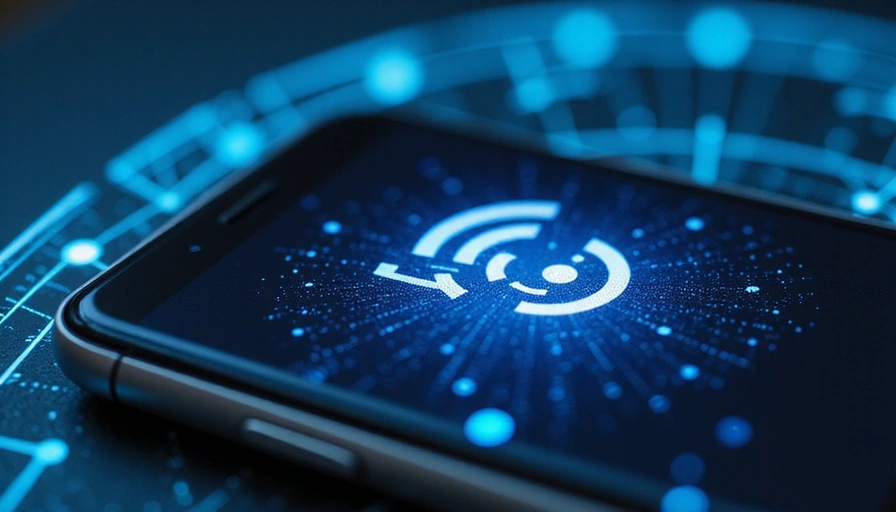The Future of Mobile Communications: 5G and Beyond

The landscape of mobile communications is constantly evolving, driven by an insatiable demand for faster speeds, lower latency, and greater connectivity. We stand at the precipice of a new era, moving beyond the foundational innovations of 5G towards even more sophisticated technologies that promise to reshape our digital lives. This article delves into the core aspects of 5G and explores the exciting possibilities that lie in its future iterations.
Understanding the Power of 5G
5G, the fifth generation of cellular technology, has already begun to transform various industries and aspects of daily life. Its key advantages over previous generations are manifold:
- Blazing Fast Speeds: With theoretical peak speeds of up to 10 gigabits per second (Gbps), 5G enables instantaneous downloads, seamless streaming of 8K video, and responsive cloud gaming.
- Ultra-Low Latency: Latency, the delay before a transfer of data begins following an instruction, is dramatically reduced to as low as 1 millisecond (ms). This is critical for applications like autonomous vehicles, remote surgery, and industrial automation where real-time responsiveness is paramount.
- Massive Connectivity: 5G is designed to support an unprecedented number of connected devices per square kilometer, facilitating the widespread adoption of the Internet of Things (IoT) across smart cities, homes, and industries.
- Enhanced Reliability: The network is built with increased resilience and stability, ensuring consistent performance even in densely populated areas or during peak usage times.

Key Technologies Powering 5G
Several technological advancements underpin the capabilities of 5G:
- Millimeter Wave (mmWave): This spectrum enables extremely high bandwidth and speed, though its range is shorter and it's more susceptible to obstructions. It's ideal for dense urban areas and specific enterprise applications.
- Massive MIMO (Multiple Input, Multiple Output): Base stations are equipped with a large number of antennas to send and receive data simultaneously, significantly increasing capacity and efficiency.
- Beamforming: This technique directs wireless signals more precisely towards users, improving signal quality and reducing interference.
- Network Slicing: Allows operators to create multiple virtual networks on a single physical infrastructure, each tailored to specific service requirements (e.g., one slice for IoT, another for high-speed mobile broadband).
"5G is not just another 'G'; it's a foundational platform for innovation that will transform industries far beyond mobile communications."
- Industry Analyst
Beyond 5G: The Road to 6G and Future Innovations
While 5G is still being widely deployed, researchers and engineers are already looking towards 6G. The next generation of mobile communications is envisioned to push boundaries even further, integrating capabilities that seem almost sci-fi today.
Potential Features of 6G:
- TeraHertz (THz) Frequencies: Utilizing even higher frequency bands than mmWave, 6G could offer speeds in the terabits per second (Tbps) range.
- AI and Machine Learning Integration: Deep integration of AI for network optimization, predictive maintenance, and dynamic resource allocation, making networks self-managing and hyper-efficient.
- Ubiquitous Connectivity: Seamless global coverage through integration with satellite networks, drone-based communication, and even underwater communication.
- Holographic Communications: Enabling realistic 3D holographic presence and immersive experiences, blurring the lines between physical and virtual interactions.
- Sensing and Imaging Capabilities: Networks could evolve to not only transmit data but also sense their environment, enabling advanced applications in health monitoring, environmental sensing, and security.

Challenges and Opportunities
The journey to 6G is not without its challenges. Significant research and development are required in areas such as spectrum allocation, energy efficiency, security, and the standardization of new technologies. However, the opportunities are immense, promising to unlock new economic growth, enhance social well-being, and drive unprecedented innovation across all sectors.
From enabling fully autonomous systems and smart cities to revolutionizing healthcare with remote diagnostics and personalized medicine, the future of mobile communications is set to deliver a hyper-connected, intelligent world. Staying informed about these developments is crucial for businesses and individuals alike to prepare for the transformative changes ahead.
Watch this video to learn more about the advancements in mobile communication technology.


